Throughout the history of Vietnamese agriculture , there has rarely been a period as significant as the “green revolution” that took place during the years of war and poverty. In fields plowed by bombs and bullets, Vietnamese scientists and farmers created short-term, pest-resistant, high-yielding rice varieties – the foundation for the journey to food self-sufficiency later on.
In the 1960s and 1970s, in the North, the destructive war left fields devastated. Agricultural supplies were scarce, fertilizers were almost exclusively traditional, machinery was insufficient, and old varieties were prone to falling over and being infected with blast and brown planthoppers.

Farmers harvest spring rice. Photo: TL.
In that situation, a group of agricultural engineers at the Institute of Food Crops and Food Plants began to research hybrid combinations with short growing periods, tolerant of adverse conditions. In the South, rice engineers in the Ba Thac region ( Soc Trang - now Can Tho City) worked quietly in the resistance base area, bringing Japanese rice varieties back to crossbreed with local varieties. The result was the birth of the Ba Thac - Nhat variety, also known as "Western short-term rice", allowing two crops instead of one as before.
It was a major turning point in biology. During the war, having a rice variety that bloomed quickly, harvested early, was resistant to pests, and tolerant to salinity helped people be more proactive in production. Many researchers called that rice variety “the seed of survival” because it saved tens of thousands of households in the West from starvation.
In the 1970s, the movement to expand short-term rice cultivation gradually spread to the Central region, then to the Northern provinces. The national average yield, from 2.7 tons/ha in the early 1970s, increased to more than 3.5 tons/ha in the late 1980s.
Since then, the term “green revolution” has been mentioned in Vietnamese agriculture, not copying the model of India or the Philippines, but as an internal revolution. “Green” is not simply because of new varieties, but also because of changing farming thinking, combining science with practice, combining research with farmers.
A series of research institutes were established, such as the Agricultural Genetics Institute, the Mekong Delta Rice Institute... and developed strongly, creating a research network from North to South.
Along with rice, the concept of “winter crop” was born - an invention with a strong Vietnamese imprint. On the land of two rice crops, farmers in the North began to experiment with growing a third crop: corn, potatoes, beans, and vegetables. This “winter crop” helped increase millions of tons of food each year, reduce the pressure of hunger and expand the direction of commodity farming. Many international experts assessed that it was one of the early successful models of “increasing crops through endogenous innovation”, not entirely through importing technology from outside.
After 1975, despite the country's many difficulties, research institutes continued their journey quietly. A series of high-yield rice varieties such as CR203, DT10, OM80, OM1490 were born one after another, helping to reduce the growing time from 160-170 days to 110-120 days. In the alum soil of Dong Thap Muoi, many three-crop rice farming models began to take shape, laying the foundation for the "national rice granary" later on.

Winter crop in the North helps farmers have more food and income. Photo: TL.
According to statistics from the Department of Crop Production and Plant Protection, from 1980 to 1990, the country's rice productivity increased by an average of 3.2% per year - a rare increase in the history of agricultural production. In many places, especially in the Southwest, productivity reached 5-6 tons per hectare, double that of the previous period. This is the "profit" of scientific knowledge, something that Vietnamese farmers have achieved even in difficult circumstances.
The Green Revolution is not only a story about rice varieties, but also a story about people. Agricultural officials such as Professor Bui Huy Dap, Tran Van Khanh, Le Van Khoa, or young engineers at that time brought knowledge to each field, instructing farmers on how to sow sparsely, apply balanced fertilizers, and prevent pests and diseases. From there, a generation of farmers who "know how to do science" was formed, the premise for the renovation process later.
By the 1990s, when the country entered the market mechanism, the green revolution continued to evolve. From the foundation of short-term varieties, Vietnamese institutes and universities began to select and create rice varieties with higher quality, suitable for export needs. The lines OM5451, OM18, ST5, ST20, then ST24, ST25 later are the crystallization of that whole journey. Many domestic varieties not only have high yield but also have flavor, stickiness, and aroma comparable to Thai rice, clearly demonstrating the persistent creativity of Vietnamese scientists.
According to the Ministry of Agriculture and Environment, Vietnam is now self-sufficient in almost all commercial rice varieties, with more than 260 recognized varieties. Each year, the system of institutes and schools provides thousands of tons of super-original seeds to businesses and cooperatives, ensuring a source of disease-free materials with stable quality.
Not only stopping at productivity, the new generation of varieties also aims to reduce emissions, adapt to climate change, save water, continuing the "green" spirit of the previous generation with modern biotechnology.
Looking back at the Ba Thac field in 1972, where a young engineer was busy measuring rice under the bombs, to the vast fields today covered with fragrant ST25 rice of export standard, one can clearly see a red thread running through it: knowledge has created miracles. The green revolution in rice cultivation in Vietnam, originating from the war, has become the foundation of a self-reliant agriculture.
In an era where the world is talking a lot about green transformation and low-emission agriculture, the story of Vietnamese rice still resonates. Because before “green” became a slogan on the conference table, Vietnamese farmers had been doing it for decades: creating adaptive varieties, saving resources, and coping with natural disasters with experience, science and the will to be self-reliant.
On the occasion of the 80th anniversary of Agriculture and Environment Day and the 1st Patriotic Emulation Congress, the Ministry of Agriculture and Environment will organize a series of events from July to December 2025. The focus will be on the 80th anniversary of the Agriculture and Environment sector and the 1st Patriotic Emulation Congress, scheduled to be held on the morning of November 12, 2025 at the National Convention Center (Hanoi) with more than 1,200 delegates attending, including leaders of the Party, State, National Assembly, Government; former leaders of the Ministry, representatives of international organizations and advanced models in the whole industry.
Source: https://nongnghiepmoitruong.vn/tri-thuc-nay-mam-trong-gian-kho-khoi-nguon-cho-cach-mang-xanh-d782725.html




![[Photo] Prime Minister Pham Minh Chinh receives the delegation of the Semiconductor Manufacturing International (SEMI)](https://vphoto.vietnam.vn/thumb/1200x675/vietnam/resource/IMAGE/2025/11/06/1762434628831_dsc-0219-jpg.webp)

![[Photo] Closing of the 14th Conference of the 13th Party Central Committee](https://vphoto.vietnam.vn/thumb/1200x675/vietnam/resource/IMAGE/2025/11/06/1762404919012_a1-bnd-5975-5183-jpg.webp)

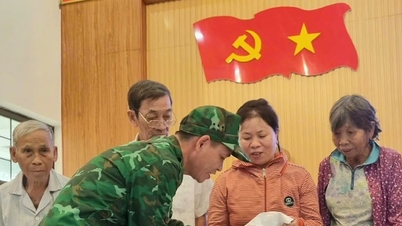

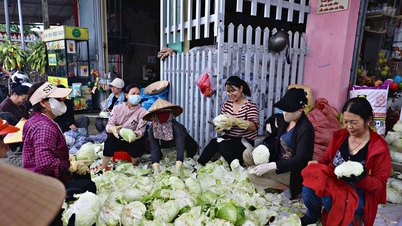



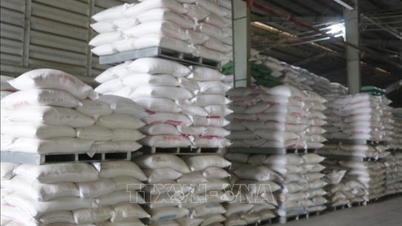

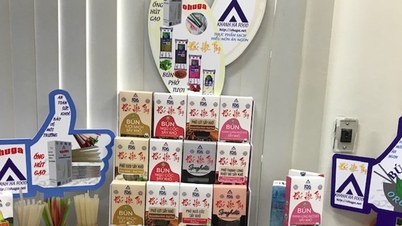

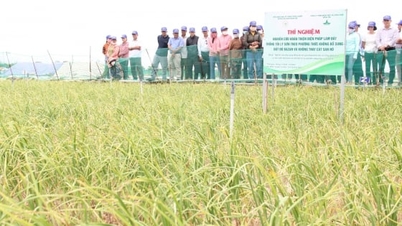


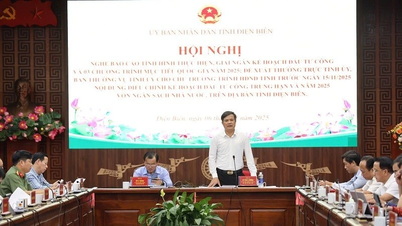

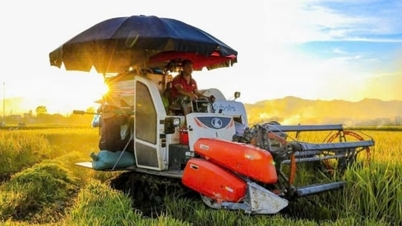








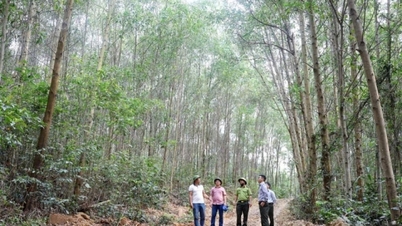

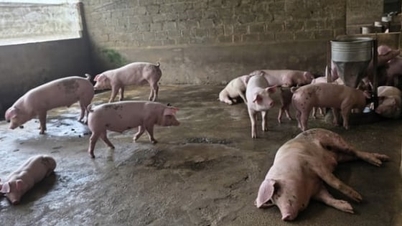




































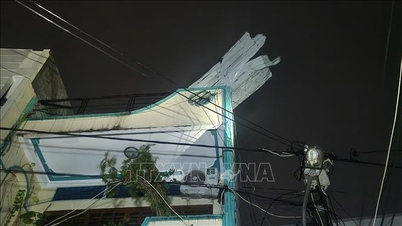
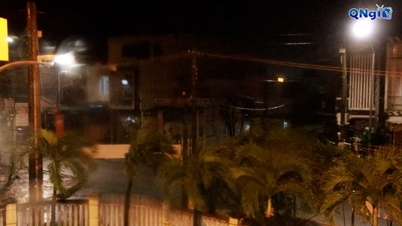



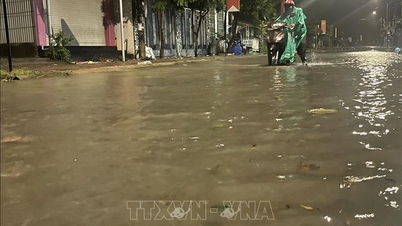

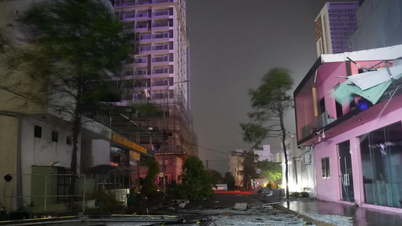



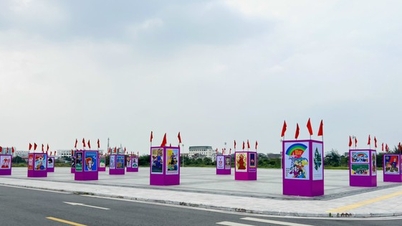






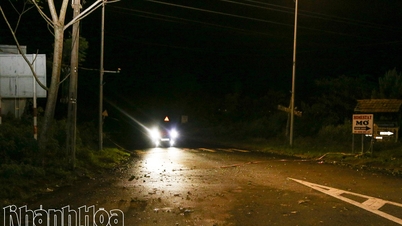

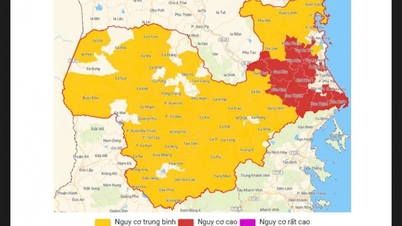

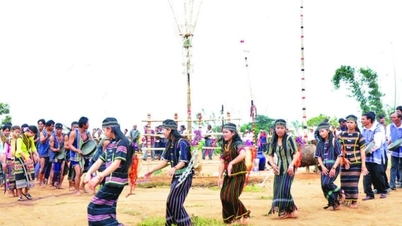
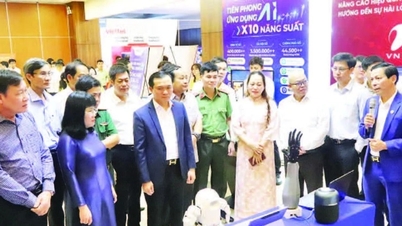














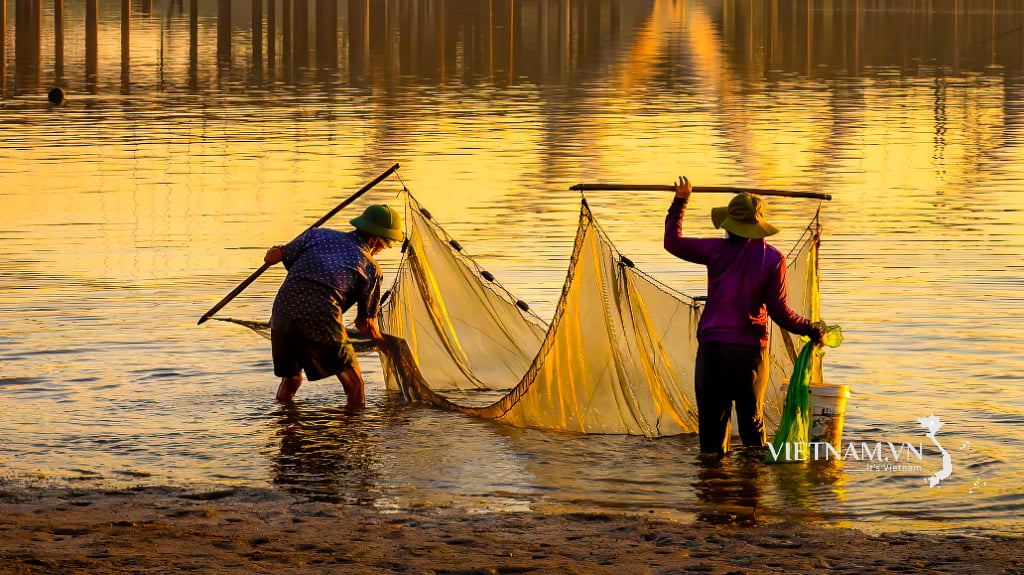


Comment (0)